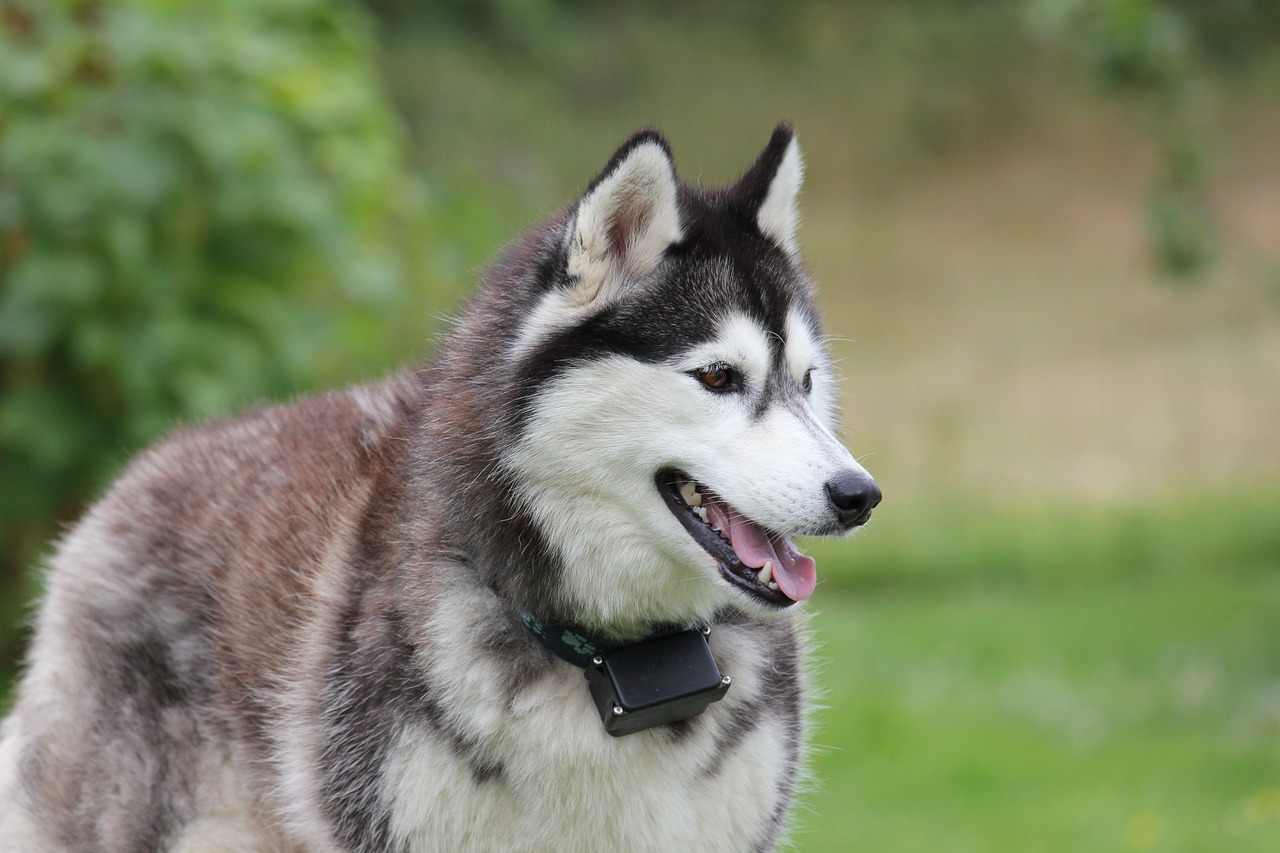When it comes to training dogs, not all breeds are created equal. Some breeds are highly receptive to commands and eager to please their owners, while others are more independent and stubborn, making them less trainable. This doesn’t mean these dogs aren’t intelligent or loving companions; it simply means they require more patience, consistency, and understanding from their owners. These breeds often have a strong sense of independence and a mind of their own, making training more challenging. Here, we explore ten of the least trainable dog breeds, detailing why they can be challenging and what makes them unique.
10. Afghan Hound
Afghan Hounds are known for their stunning beauty and regal appearance, but they are also one of the most challenging breeds to train. Originating from Afghanistan, these dogs were bred for hunting in the rugged terrain, giving them a strong independent streak. Afghan Hounds are intelligent but aloof and stubborn, preferring to do things their way. Their independence can make training difficult, as they are not naturally inclined to please their owners. They require a patient, consistent, and gentle approach to training, emphasizing positive reinforcement. Afghan Hounds are loyal and affectionate with their families despite their training challenges, making them rewarding companions for those willing to invest time and effort into their training.
9. Basenji
The Basenji, often called the “barkless dog” due to its unique yodel-like vocalization, is another breed that can be difficult to train. Originating from Africa, Basenjis were bred for hunting and had a high prey drive and independent nature. These small to medium-sized dogs are intelligent and curious, but their strong-willed personality can make them resistant to training. Basenjis are known for their independence and may ignore commands if they don’t see the benefit of following them. Consistency, patience, and various positive reinforcement techniques are essential for training a Basenji. Despite their challenges, Basenjis are affectionate and playful with their families, and their unique behaviors and traits make them fascinating companions.
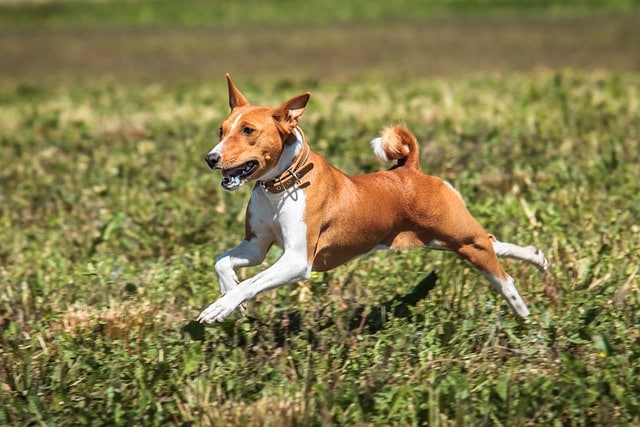
8. Bulldog
Bulldogs, known for their distinctive wrinkled faces and stocky build, are lovable and gentle companions, but they can be stubborn and difficult to train. Initially bred for bull-baiting, these dogs have a tenacious and determined nature. Bulldogs are known for their independent streak and may require more time and patience during training sessions. They respond best to positive reinforcement and short, consistent training sessions. While Bulldogs may not be the quickest learners, their affectionate and loyal nature makes them excellent family pets. Owners must be prepared to invest time and effort into training and socializing their Bulldogs to ensure they develop into well-behaved companions.

7. Chow Chow
Chow Chows are known for their lion-like mane and aloof personality, making them one of the more challenging breeds to train. Originating from China, these dogs were bred for guarding and hunting, which has given them a strong independent streak. Chow Chows are intelligent but can be stubborn and resistant to commands, often preferring to do things their way. They require a patient and experienced owner who can provide consistent and firm training without using harsh methods. Positive reinforcement and socialization from a young age are crucial for training a Chow Chow. Despite their training challenges, Chow Chows are loyal and protective of their families, making them excellent companions for those who understand their unique needs.
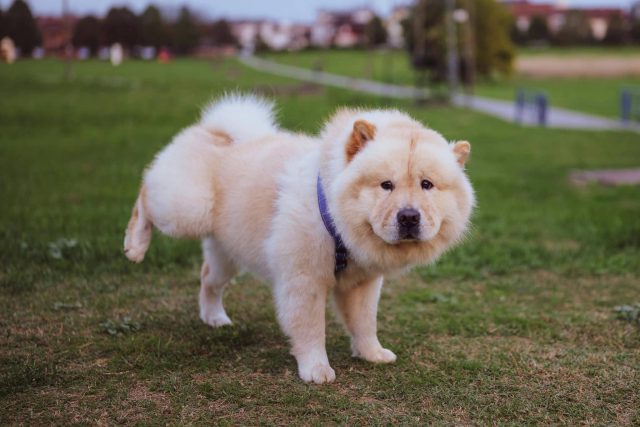
6. Borzoi
Borzoi, also known as Russian Wolfhounds, are elegant and graceful dogs with a reputation for being difficult to train. Borzois have a strong prey drive and an independent nature and are bred for hunting and chasing game. These large dogs are intelligent but can be aloof and stubborn, often choosing to ignore commands if they don’t see the benefit in following them. Training a Borzoi requires patience, consistency, and a gentle approach. Positive reinforcement and short, engaging training sessions are essential to keep their attention. Despite their training challenges, Borzois are gentle and affectionate with their families, making them rewarding companions for those willing to invest their time and effort into their training.
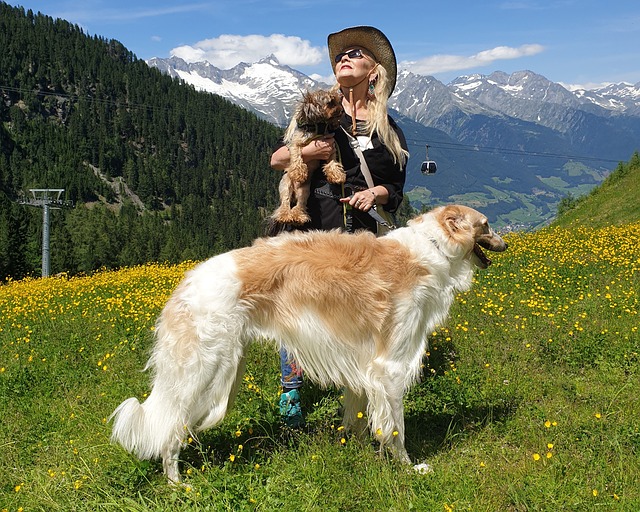
5. Bloodhound
Bloodhounds are renowned for their exceptional sense of smell, but their independent nature can make them challenging to train. Initially bred for tracking and hunting, Bloodhounds have a strong instinct to follow scents, which can make them easily distracted during training sessions. These large dogs are intelligent but can be stubborn and resistant to commands. Training a Bloodhound requires patience, consistency, and a firm but gentle approach. Positive reinforcement and scent-based activities can help keep their attention and make training more enjoyable. Bloodhounds are affectionate and loyal companions despite their training challenges, and they are known for their gentle nature and excellent tracking abilities.

4. Pekingese
Pekingese dogs, with their regal appearance and confident demeanor, are known for being difficult to train. Originally bred as companion animals for Chinese royalty, these small dogs have a strong independent streak and a tendency to be stubborn. Pekingese are intelligent but can resist commands, often preferring to do things their way. Training a Pekingese requires patience, consistency, and a gentle approach. Positive reinforcement and short, engaging training sessions are essential to keep their attention. Despite their training challenges, Pekingese are loyal and affectionate companions known for their bold and confident personalities.
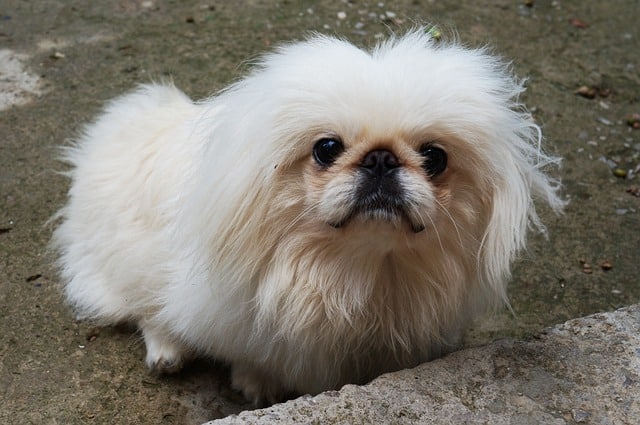
3. Dalmatian
Dalmatians, known for their distinctive spotted coats, are intelligent and energetic dogs that can be challenging to train. Initially bred for guarding and herding, Dalmatians have a strong independent streak and a high energy level. These medium-sized dogs are intelligent but can be stubborn and easily distracted, making training difficult. Consistency, patience, and various positive reinforcement techniques are essential for training a Dalmatian. They require plenty of exercise and mental stimulation to keep them engaged and prevent boredom. Despite their training challenges, Dalmatians are loyal and affectionate companions known for their playful and outgoing personalities.
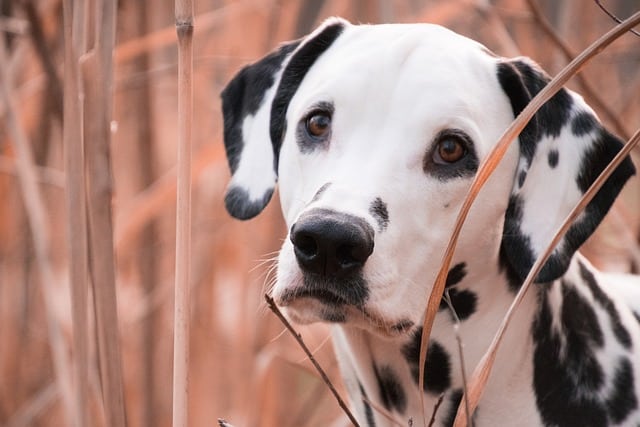
2. Jack Russell Terrier
Jack Russell Terriers are small, energetic dogs known for their intelligence and strong-willed nature. Initially bred for hunting, these dogs have a high prey drive and an independent streak, making training difficult. Jack Russells are intelligent and quick learners but can be stubborn and resistant to commands if they don’t see the benefit in following them. Training Jack Russell requires patience, consistency, and positive reinforcement techniques. They need plenty of exercise and mental stimulation to keep them engaged and prevent boredom. Despite their training challenges, Jack Russells are loyal and affectionate companions known for their lively and playful personalities.
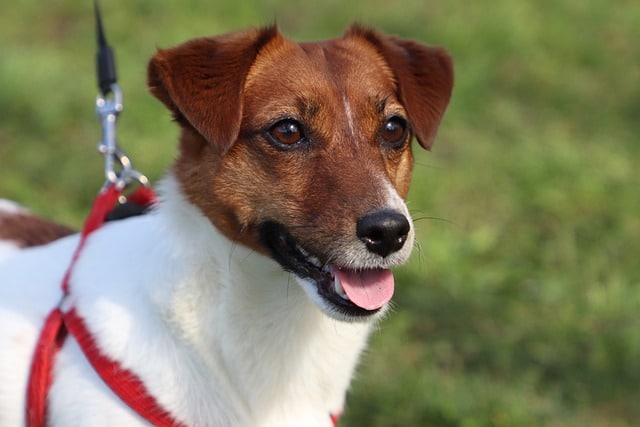
1. Afghan Hound
With their stunning beauty and regal appearance, Afghan Hounds are considered one of the least trainable dog breeds. Originating from Afghanistan, these dogs were bred for hunting in the rugged terrain, giving them a strong independent streak. Afghan Hounds are intelligent but aloof and stubborn, preferring to do things their way. Their independence can make training difficult, as they are not naturally inclined to please their owners. They require a patient, consistent, and gentle approach to training, emphasizing positive reinforcement. Afghan Hounds are loyal and affectionate with their families despite their training challenges, making them rewarding companions for those willing to invest time and effort into their training.

In conclusion, while these dog breeds may present more challenges in training, they each offer unique qualities and characteristics that make them excellent companions. Patience, consistency, and a positive approach are essential to successfully training these breeds. Understanding their independent nature and working with it rather than against it can lead to a robust and rewarding bond between the dog and the owner. Despite their training difficulties, these dogs are loving, loyal, and capable of forming deep connections with their families. For those willing to invest the time and effort, the rewards of training these breeds can be immeasurable.



